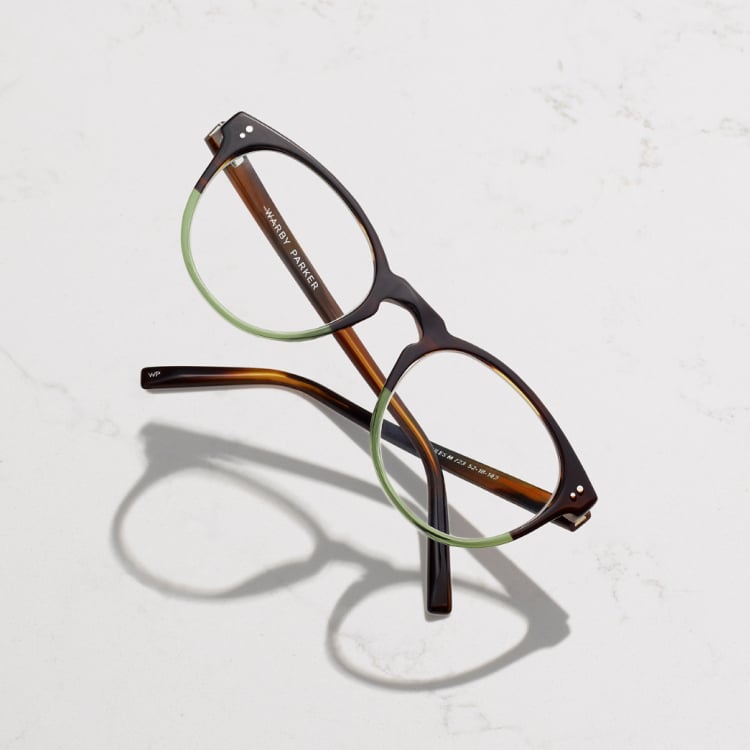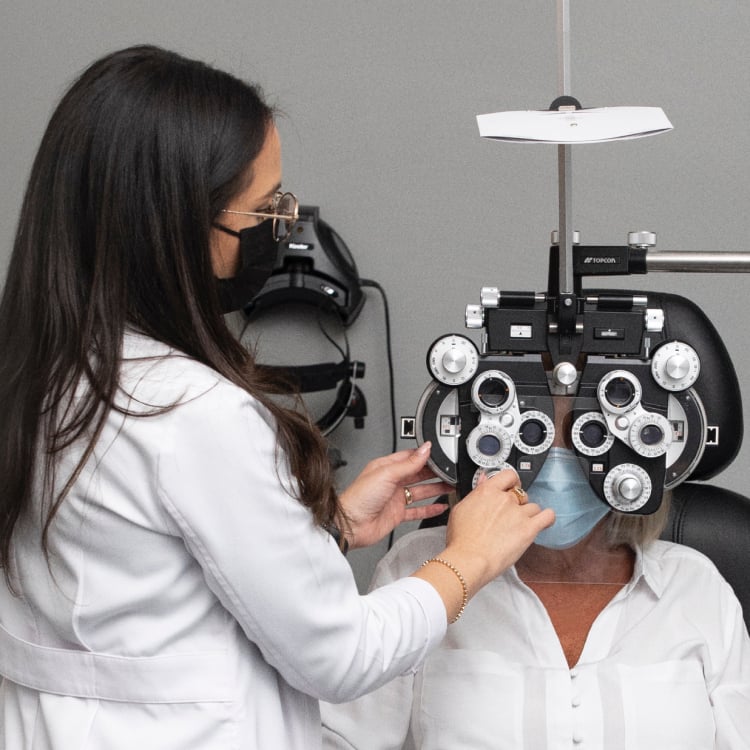Most of the time, eye floaters are a harmless sign of aging. But there are times when floaters may indicate severe vision problems. There are a number of signs related to eye floaters that may indicate a problem. If you experience any of these signs, see an optometrist right away:
- A grey curtain or blurry area that covers some of your vision
- Flashes of light
- Increased number of floaters
- Peripheral or side vision loss
Yes, floaters are usually harmless, but if you suddenly notice lots of eye floaters or see them frequently, this may indicate you have an underlying eye disease or issue. Another thing to look out for is flashes of light. Both of these scenarios could be a sign of a detached retina, a retinal tear, or an eye disorder that can lead to blindness.
If you’re seeing floaters, try not to panic. Remember: Most of the time, eye floaters aren’t a cause for concern. But when you notice new floaters, it’s always best to see your eye doctor for an exam. Your eye doctor will be able to determine if the floaters are of concern and will also be able to monitor them going forward.
Why Do I See Floaters?
Eye floaters typically appear as your eyes change with age. The spots or squiggles you see floating around your field of vision are actually shadows. The shadows are cast by protein fibers in your eyes’ vitreous (the gel-like fluid that fills the inside of the eye) that can get smaller and clump together as you age.
Although floaters typically occur naturally due to aging, sometimes, eye floaters may indicate an underlying eye condition.
Are Floaters Dangerous?
Eye floaters themselves are usually not dangerous. In most cases, they’re harmless and won’t interfere with your eyesight. Usually, you can still do everyday tasks like driving or reading without an issue. In fact, after a while, most people get used to eye floaters.
Eye floaters also tend to come and go, meaning you won’t always see them. They usually will become less noticeable in about six months.
With all that said, although floaters aren’t inherently dangerous, sometimes they can be a sign of an underlying problem that is dangerous (such as retinal detachment). And these underlying issues may need medical attention. That’s why it’s always a good idea to play it safe and see an eye doctor when you notice new floaters.
How to Remove Floaters in My Eyes
Most people who experience eye floaters won’t require treatment or removal. However, in very rare cases—when the situation is severe enough to impact your ability to see and do everyday tasks—your eye doctor may suggest treatment options.
There are two options available to patients with severe floaters:
- Vitrectomy: A surgery that removes and replaces the vitreous through a small incision. You should be aware that this surgery is not foolproof. Sometimes the surgery will get rid of all the floaters, but new floaters can still develop.
- Vitreolysis: For this treatment option, a doctor will use a special laser to reduce or remove the particles in the vitreous that cause floaters.
Neither treatment option should be taken lightly. Patients may experience adverse reactions following either procedure.
Eye Floaters Are Usually Harmless
Yes, eye floaters are annoying. But most of the time, there isn’t a reason to worry. Overall, understanding when to worry about eye floaters really depends on the individual and the wellness of the eye. This is why keeping up with your eyes’ health is so important.
Book an eye exam with your optometrist if floaters become more prevalent or impact your daily life. This is key to staying on top of your eye health and catching any problems early.






